
NFC Coin Tag for Secure Product Identification and Monitoring
A durable, waterproof NFC coin tag with an NTAG213 chip, ideal for secure product identification and object monitoring, usable on metal surfaces.
Introduction
The retail landscape is constantly evolving, with companies seeking innovative ways to enhance efficiency and customer satisfaction. A shining example of this is UNIQLO, the global apparel powerhouse, which has embraced Radio-Frequency Identification (RFID) technology to revolutionize its operations. This article explores how UNIQLO’s strategic adoption of RFID tags across its worldwide stores has transformed everything from inventory management to the customer’s shopping experience. It also answers burning questions you might have about RFID tags in your clothes.
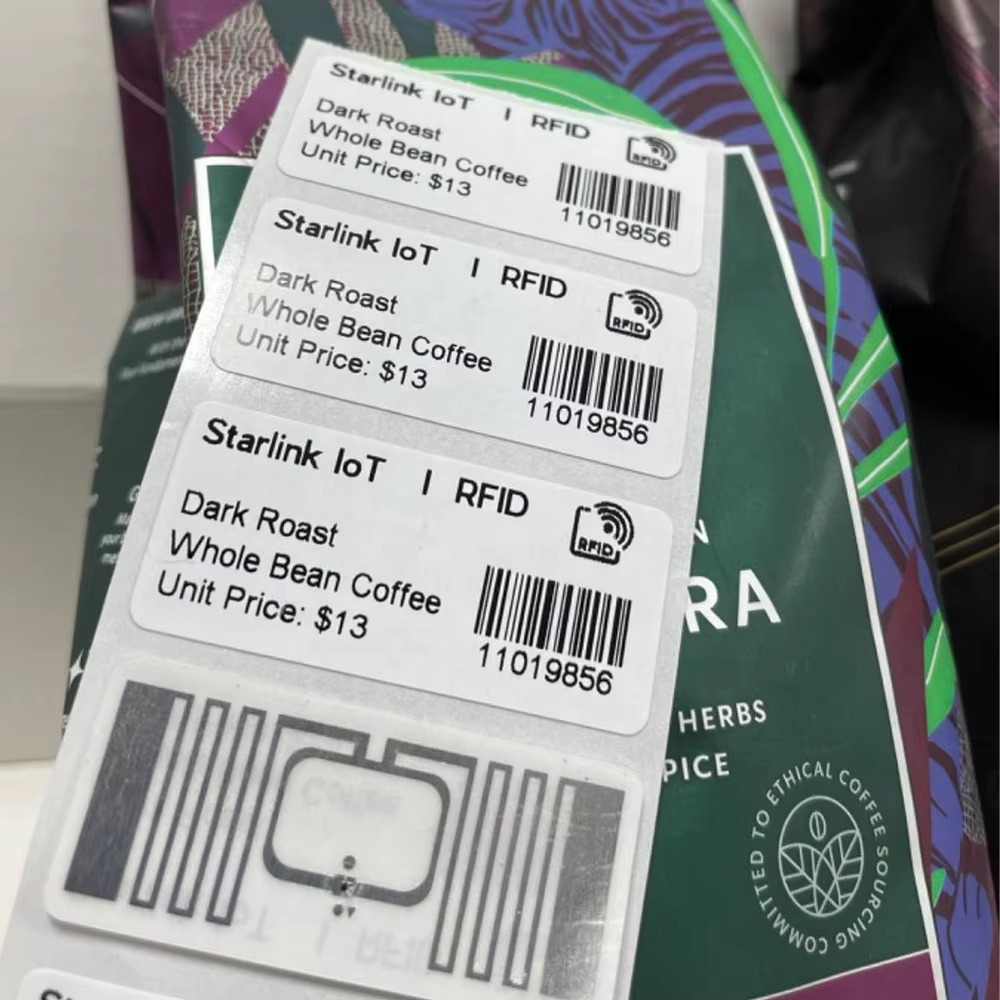
In a groundbreaking move in 2017, Fast Retailing, UNIQLO’s parent company, announced plans to implement RFID tags in 3,000 stores globally, including 2,000 UNIQLO outlets. This ambitious initiative positioned UNIQLO as a pioneer in the large-scale adoption of RFID technology among Japanese retailers. Inspired by the successes of competitors like H&M and Zara, who had already embarked on their RFID journeys, and further encouraged by the positive results of RFID trials within its sister brand, GU, Fast Retailing accelerated UNIQLO’s global RFID rollout.

At the heart of this transformation are the small but mighty RFID tags attached to each garment. Unlike traditional barcodes that require manual line-of-sight scanning, these tags, specifically Ultra High Frequency (UHF) RFID tags, utilize radio waves to transmit data wirelessly. This enables automatic and rapid reading of information such as the item’s size, color, and style, drastically reducing labor and inventory costs. UNIQLO has even turned these tags into a conversation starter by adding a small note to spark customer curiosity and engagement with the technology.
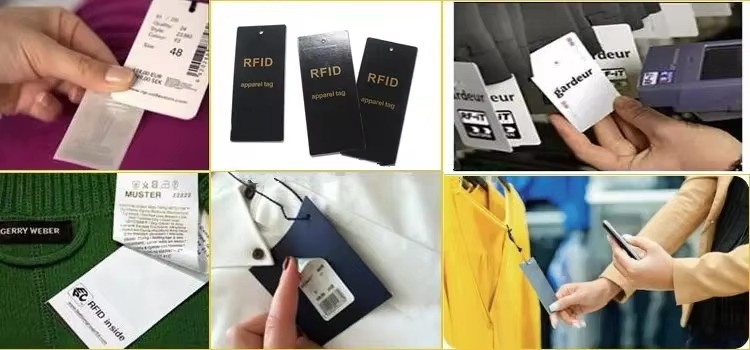
UNIQLO’s vision extends far beyond mere inventory tracking. They have meticulously crafted “smart stores” that leverage RFID to create a truly immersive and enhanced shopping experience:
Magic Mirrors: Step into the future of fitting rooms with interactive mirrors that allow customers to virtually try on different styles and colors, eliminating the need for endless trips back and forth to the racks.
Cloud Shelves: Overcome the limitations of physical store space with digital “cloud shelves” that showcase a vast array of products not physically present in the store, allowing for a wider selection and easy ordering.
Smart Shopping Carts: GU’s innovative RFID-enabled shopping carts provide instant product information, such as stock levels and available colors, by simply placing the item’s tag near the cart’s reader.
Effortless Self-Checkout: Say goodbye to long queues! RFID self-checkout counters scan entire baskets of items simultaneously, making the payment process quick and seamless.
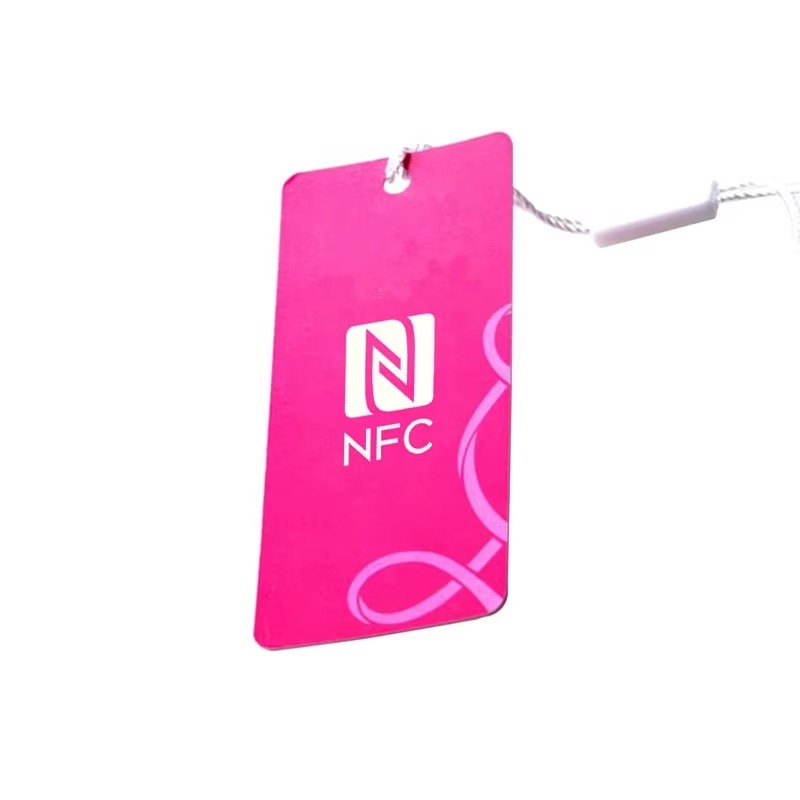
The impact of RFID extends beyond the shop floor to the heart of UNIQLO’s operations: its warehouses. By tagging every product and integrating automated material handling systems, UNIQLO has achieved remarkable improvements in its logistics and inventory management:
Streamlined Labor: Automation has significantly reduced the need for manual labor in warehouses.
Boosted Efficiency: Production, shipping, and storage efficiencies have skyrocketed.
Real-Time Inventory Visibility: Accurate, up-to-the-minute inventory data empowers swift and informed restocking decisions.
These enhancements were pivotal to UNIQLO’s ability to rapidly fulfill a massive volume of orders during major sales events like the Double 11 shopping festival.
The momentum behind RFID adoption shows no signs of slowing down. The recent global shift towards “contactless” interactions has further accelerated its use in retail, especially in unmanned convenience stores and self-checkout systems. As smart technologies continue to mature, RFID will play an increasingly integral role in shaping a more efficient and customer-centric future for retail.
As a major producer of RFID tags, we are excited to be part of this retail evolution. Our company manufactures millions of high-quality RFID tags monthly, tailored to the specific needs of various sectors, including the apparel industry. We firmly believe that RFID technology is not just a futuristic concept but a present-day reality that is transforming retail for the better.
Yes, RFID tags on clothes can be tracked within a limited range, typically within the store or warehouse where RFID readers are installed. They are not designed for long-range tracking like GPS and do not pose a privacy risk outside of these environments.
An RFID tag in clothes is a small, often inconspicuous, electronic device containing a microchip and an antenna. It stores essential product information, such as size, color, and style, which can be read wirelessly by an RFID reader.
Many prominent clothing brands are now using RFID technology, including UNIQLO, Zara, H&M, Levi’s, Macy’s, and Decathlon. The adoption rate is rapidly increasing across the apparel industry as more brands recognize the benefits.
RFID tags are traceable within the limited range of RFID readers, generally found in retail stores or warehouses. The tags do not contain personal information and are not designed for tracking individuals beyond these specific locations.
Some newer smartphones equipped with NFC (Near Field Communication) can detect certain types of RFID tags, but this is usually limited to very close-range interactions, similar to contactless payments. Dedicated RFID readers provide a much broader range and are more suitable for inventory management purposes.
Avoid placing RFID tags near metal objects or liquids, as these can interfere with the radio waves and hinder readability. It’s also advisable to avoid placing them directly on the human body for extended periods.
RFID tags in clothing are typically sewn into labels or seams. You can easily remove them by carefully cutting them out with scissors. Some tags might be embedded deeper within the fabric, making them harder to remove without potentially damaging the garment.
For retailers, the advantages of RFID tags are substantial, including improved inventory management, loss prevention, and enhanced customer service. These benefits often justify the initial investment in the technology. For consumers, the benefits are primarily experienced through faster checkouts and better product availability.
The decision to remove an RFID tag is a personal one. If you have privacy concerns, you can remove the tag after purchase. However, it’s important to understand that these tags are primarily used for inventory management and typically do not contain sensitive personal data.
Let’s continue exploring the world of RFID technology and its impact on retail, particularly through the lens of UNIQLO’s successful implementation.
UNIQLO’s RFID journey isn’t just about adopting new technology; it’s about a strategic approach to solving key challenges in the fast-fashion industry. Several factors have contributed to their success:
Fast Fashion Demands: The fast-fashion model requires rapid turnover of inventory and the ability to respond quickly to changing trends. RFID provides the real-time visibility and agility needed to meet these demands.
Global Scale: Managing a vast network of stores across the globe presents logistical complexities. RFID offers a standardized and efficient solution for inventory tracking and management across all locations.
Customer-Centricity: UNIQLO is known for its focus on customer satisfaction. RFID enhances the shopping experience through features like smart mirrors, cloud shelves, and faster checkout, ultimately leading to increased customer loyalty.
Data-Driven Decisions: RFID generates a wealth of data that UNIQLO can analyze to gain insights into customer preferences, sales trends, and operational bottlenecks. This data-driven approach enables them to make informed decisions about product development, inventory allocation, and store layouts.
While much of the discussion around RFID focuses on the advantages for retailers, consumers also reap significant benefits:
Improved Product Availability: RFID helps ensure that the products you want are in stock when you want them. Real-time inventory tracking minimizes out-of-stock situations and allows for faster replenishment.
Faster and Easier Checkout: RFID-powered self-checkout systems dramatically reduce wait times at the cash register, making the shopping experience more convenient.
Enhanced Shopping Experience: Interactive features like smart mirrors and cloud shelves make shopping more engaging and personalized.
More Efficient Returns: RFID can streamline the returns process, making it quicker and easier for both customers and retailers.
Despite the numerous advantages, some common concerns and misconceptions about RFID technology persist:
Privacy Concerns: As mentioned earlier, RFID tags in clothing are not designed for tracking individuals. They contain product-specific information and are only readable within the limited range of RFID readers typically found in stores and warehouses.
Data Security: Retailers like UNIQLO implement robust security measures to protect the data collected by RFID systems. This data is typically anonymized and used primarily for inventory management and operational improvements.
Cost of Implementation: While there is an initial investment involved in implementing RFID technology, the long-term benefits, such as increased efficiency and reduced losses, often outweigh the costs.
The continued adoption of RFID technology in retail is inevitable. Here are some trends we can expect to see in the near future:
Wider Adoption: More retailers, both large and small, will embrace RFID to improve their operations and enhance the customer experience.
Integration with Other Technologies: RFID will be increasingly integrated with other technologies like Artificial Intelligence (AI), Machine Learning (ML), and the Internet of Things (IoT) to create even smarter and more connected retail environments.
Enhanced Customer Engagement: We can expect to see more innovative applications of RFID that further personalize and enhance the shopping experience, such as personalized recommendations and targeted promotions.
Supply Chain Transparency: RFID can be used to track products throughout the entire supply chain, from manufacturing to delivery, providing greater transparency and accountability.
UNIQLO’s global implementation of RFID tags is a testament to the transformative power of this technology in the retail industry. By strategically leveraging RFID, UNIQLO has not only streamlined its operations but also elevated the customer experience to new heights. As RFID technology continues to evolve and mature, we can expect even more exciting innovations that will further reshape the future of retail, making it more efficient, customer-centric, and data-driven. As a consumer, understanding how this technology is being utilized behind the scenes can provide you with a deeper appreciation for the seemingly magical aspects of your modern shopping experience.
Newest trends and common knowledge in RFID laundry tags.

A durable, waterproof NFC coin tag with an NTAG213 chip, ideal for secure product identification and object monitoring, usable on metal surfaces.
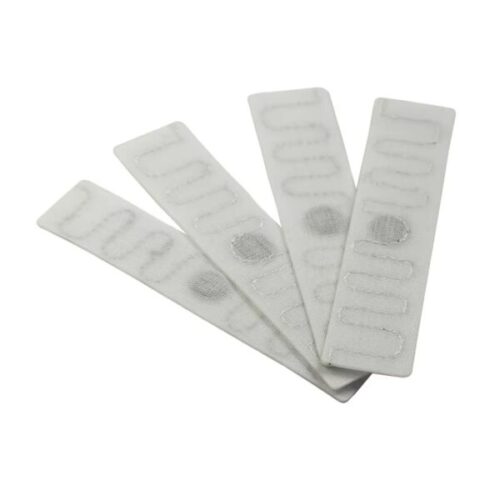
Choosing the right RFID laundry tags can significantly enhance the efficiency of your laundry operations.
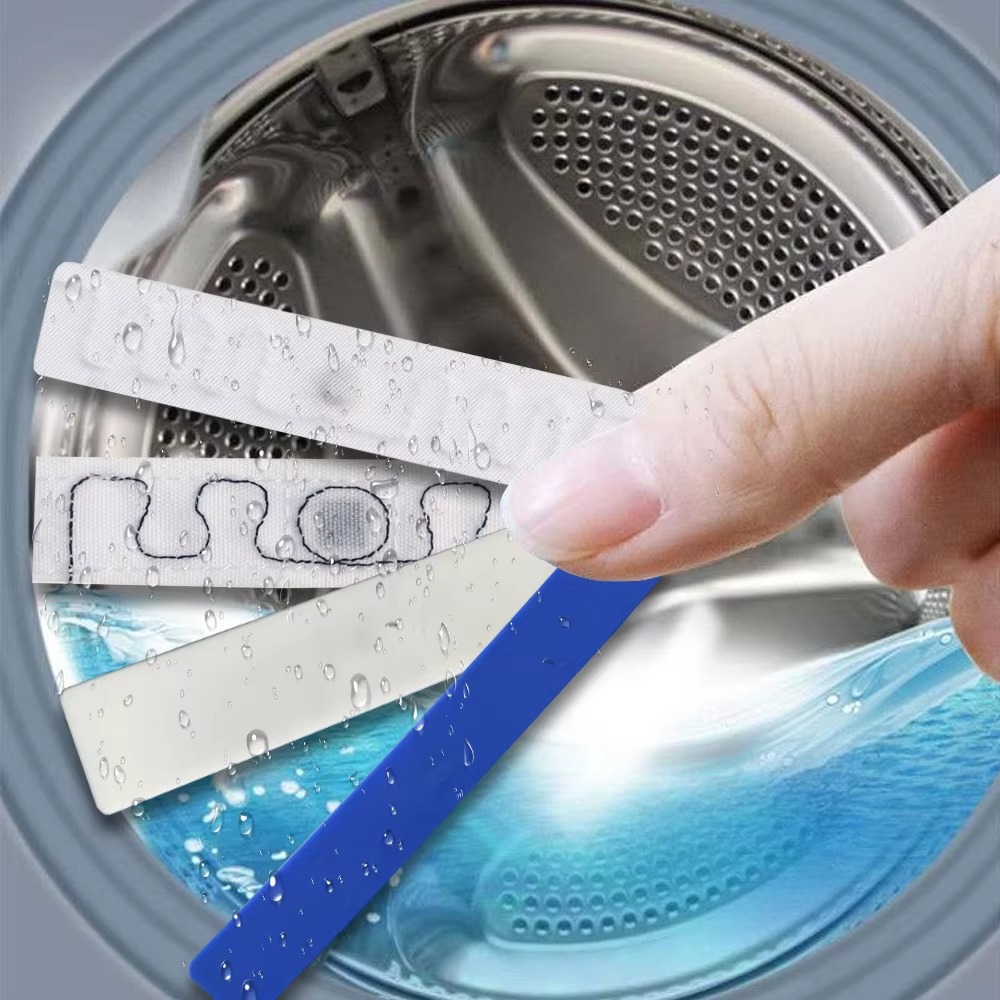
RFID laundry tags streamline industrial laundry, enabling efficient tracking, accurate returns, and seamless management of millions of rented garments.
As one of the top RFID Tag manufacturers in China, we specialize in high-quality RFID Tag and other RFID products designed to meet the diverse needs of various industries.
@ 2024 RFID Laundry Tag. All right reserved.
Didn’t find what you want? Ask our manager for help!